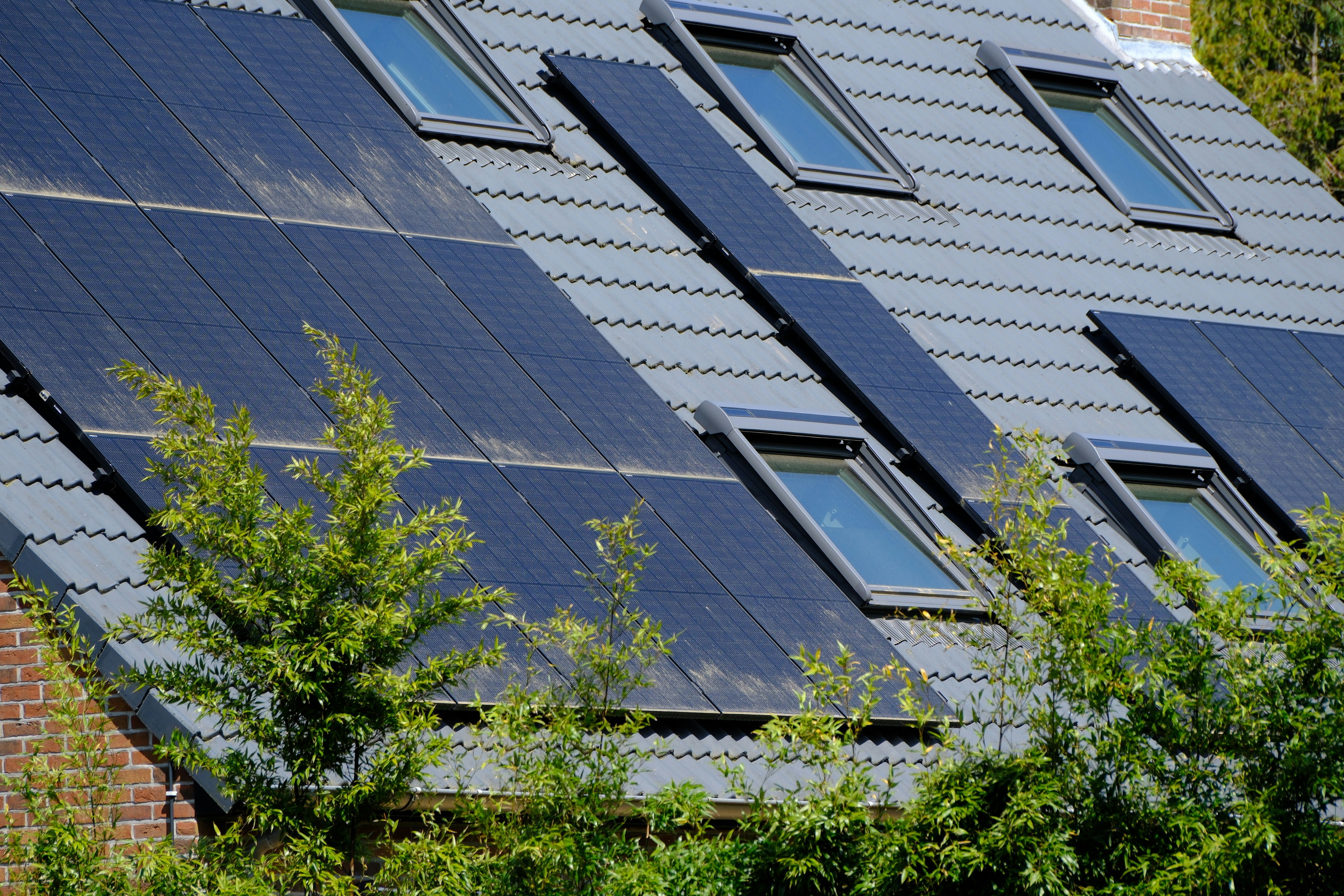
Assess your impact area and needs
Define your geographical coverage and analyse what level the OSS should operate at.
- Is a reasonable renovation volume given?
- What kind of residential buildings are on that territory (type, age, necessity to renovate, energy saving potential, etc.)?
- What type of homeowners and tenants live in these buildings (low-medium-high income profile)?
- What are their home-improvement needs?
Identify existing barriers to energy renovation
Understand the common barriers that homeowners and tenants face when considering energy-efficient renovations, such as lack of awareness, high upfront costs, health benefits or confusion about available finance options.
Be informed about relevant policy targets and strategies of inovation
Ambitious policy targets at local and regional level related to energy renovation are supportive for the setting-up of an OSS. Strategies and initiatives covering relevant aspects facilitating energy renovation are also helpful, such as financial support for specific target groups, measures targeting market players involved in renovation work or awareness campaigns for energy efficiency.

Map the existing local players and key actors active in the renovation sector
What market actors are active in your area (suppliers, OSS, type of enterprises, financial institutions and their offers)?

Create first links, partnerships and synergies
To integrate the OSS into an existing local ecosystem is a key factor of success, but also creating links with complementary activities at national or regional level will strengthen your OSS.
Analyse the status quo and establish initial connections
Set your vision, business model and legal framework

Define the overall purpose and set strategic goals

It is crucial to develop your broader mission and the linked strategic goals from the very beginning. How much weight do you give, for example, to deep renovation, sustainable materials or accessibility of renovation projects?

Develop your OSS value proposition and services

Who are your customers? Who are your stakeholders? What problem do you solve? What services do you offer to solve this problem? Will it include energy audits, financing advice and support, contractor coordination, etc.? → link to OSS models boxYour proposition needs to be attractive for both homeowners and suppliers. Using a value proposition canvas (#link) is helpful to define the proposition of the future OSS.

Design your customer journey

Define how customers interact with and experience your OSS, and develop your customer journey according to the target group (e.g. multi-family homes vs single homes). Pay attention to possible thresholds that make your customer drop out and the sensible integration of online and offline offers.

Calculate costs and revenues

Cost components are for example staff salaries (advisors, project managers, marketing), IT infrastructure (CRM, digital platforms, online tools), marketing and homeowner outreach efforts, office space and operational costs. Revenues can be homeowner service fees (fixed or percentage-based), commissions from partner contractors or suppliers, public grants.

Set your legal framework

Determine the legal entity of your OSS (private, public, public-private partnership) with regard to your services. Ensure data protection compliance for homeowner information and digital tools. If applicable, define who is liable for service quality, contracts, and financing. Develop standardised contracts for homeowners on renovation scope, guarantees, and payment terms. Set up agreements with contractors and financial institutions. Establish mechanisms for handling homeowner complaints, contractor disputes, and compliance audits.

Staff recruitment and capacity building

Form your OSS team, what governance structure do you have, what roles and competencies are needed? What kind of ongoing professional development would be helpful?

Build partnerships

Build partnerships by engaging with your local government, banks, and businesses to create a supportive ecosystem: Work with banks for green loan products, partner with municipalities for grant facilitation and establish a contractor and supplier network for your customers.

Communication / activating target groups

How to reach your target group and make them start the process? Analyse motivations to renovate for each target group you would like to reach. Think then about suitable messages, suitable channels and reliable messengers. Develop your branding and communication strategy considering the entire customer journey.

Collaborate with local NGOs, energy agencies and community groups

Collaborate with local NGOs, energy agencies and community groups to create awareness and help engage the vulnerable populations who may face significant barriers to home renovations.

Set up a physical office for your clients

Set up a physical office for your clients (ideally, easily accessible and centrally located premises). Set up service delivery channels: in-person counters, consultation areas, and dedicated phone lines for support. Some OSS have also gone so far as to develop mobile offerings that come to the customer.

Develop your IT infrastructure and digital tools

Customer relationship management to track homeowner inquiries, projects, and feedback; project management tools to manage contractor timelines and quality assurance; energy and financial calculators: provide cost-benefit analysis for renovations; tools and platforms for customers: online portal for homeowners to track project progress; digital application process for financing and subsidies; chatbots or helplines for quick homeowner support.

Launch of the OSS, start with a test phase to refine workflows

Focus communication efforts on making known your offer and generate interest. Last but not least, monitor the performance of your offers, evaluate the effectiveness of different channels.
Set up the OSS and make it operational
Staff recruitment and capacity building.
Build partnerships
Communication / activating target groups
Collaborate with local NGOs, energy agencies and community groups
Set up a physical office for your clients
Develop your IT infrastructure and digital tools
Launch of the OSS, start with a test phase to refine workflows



